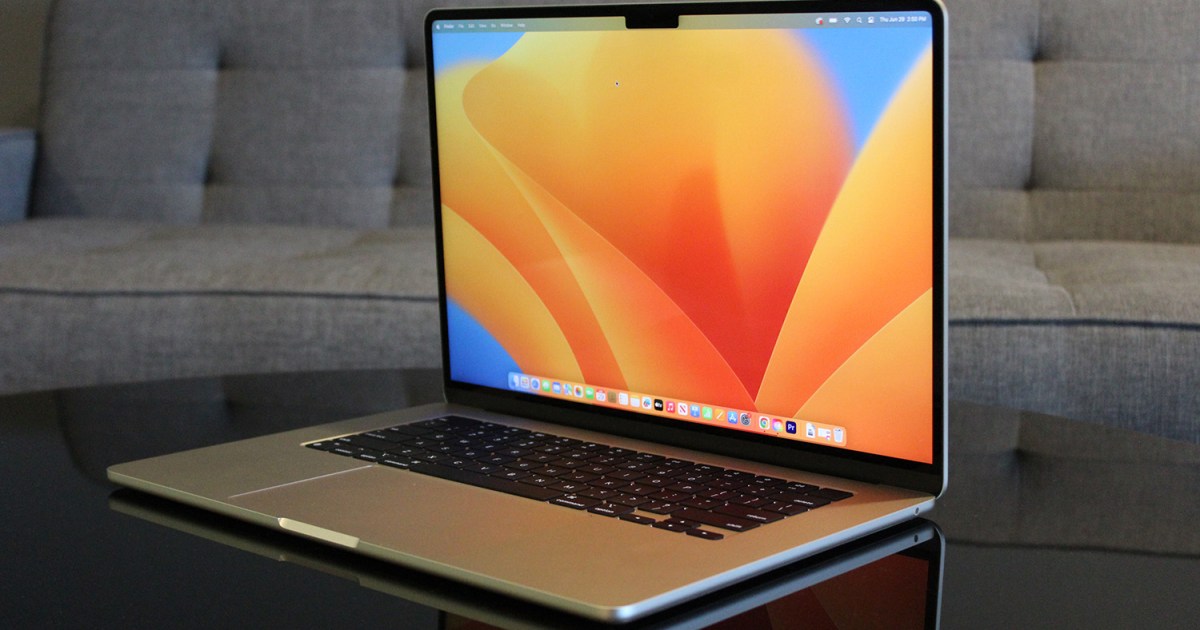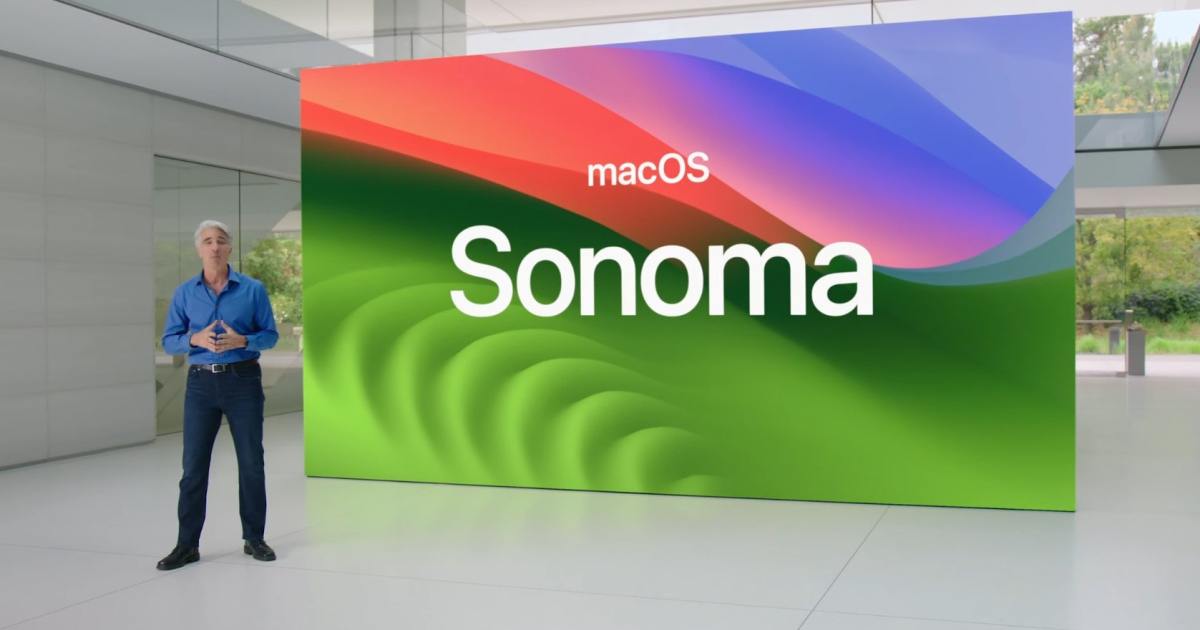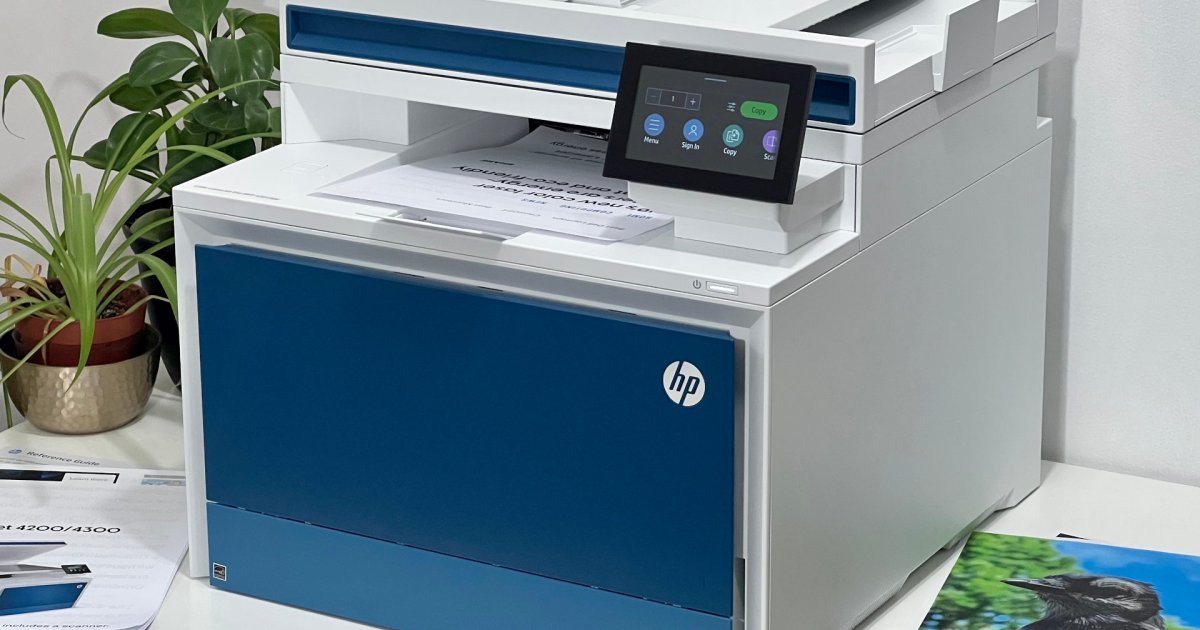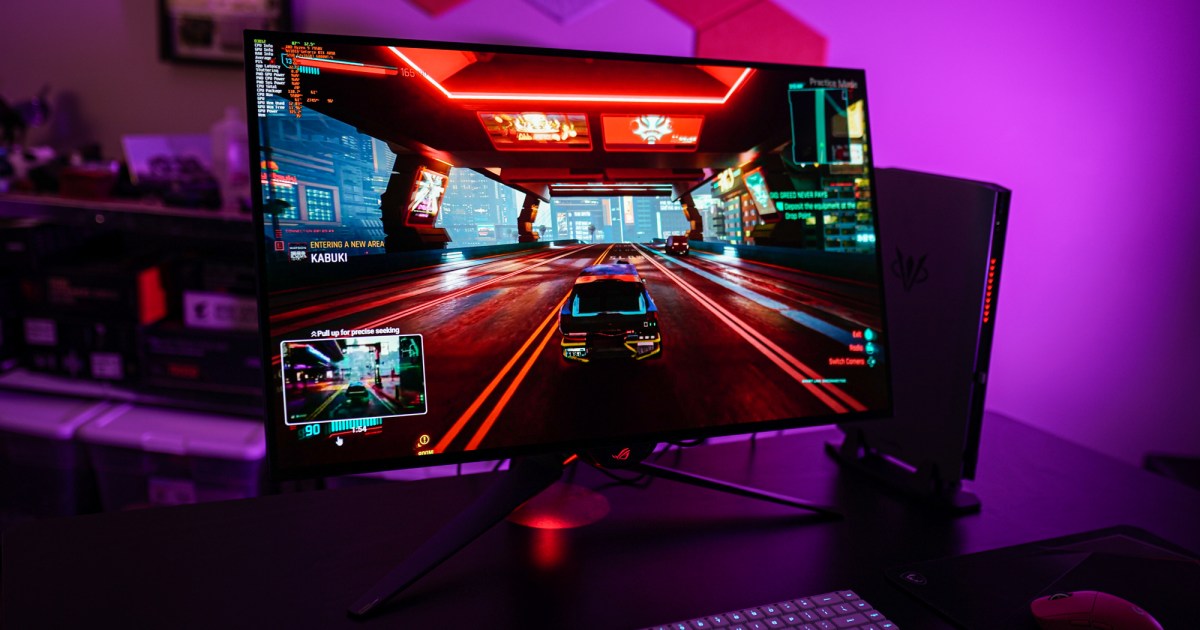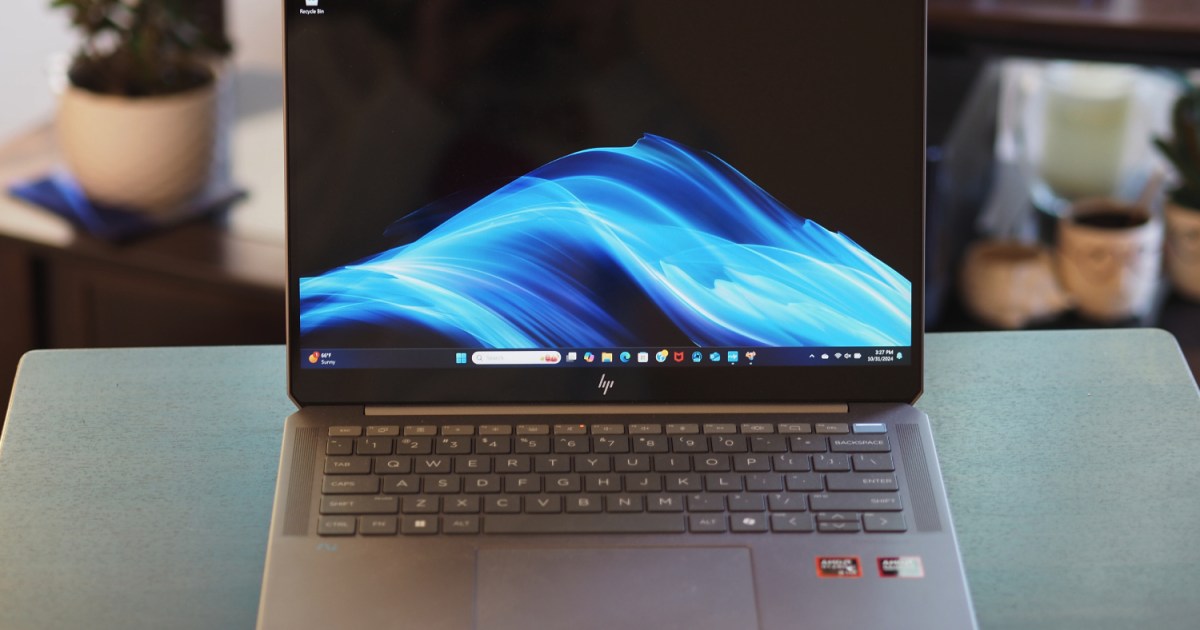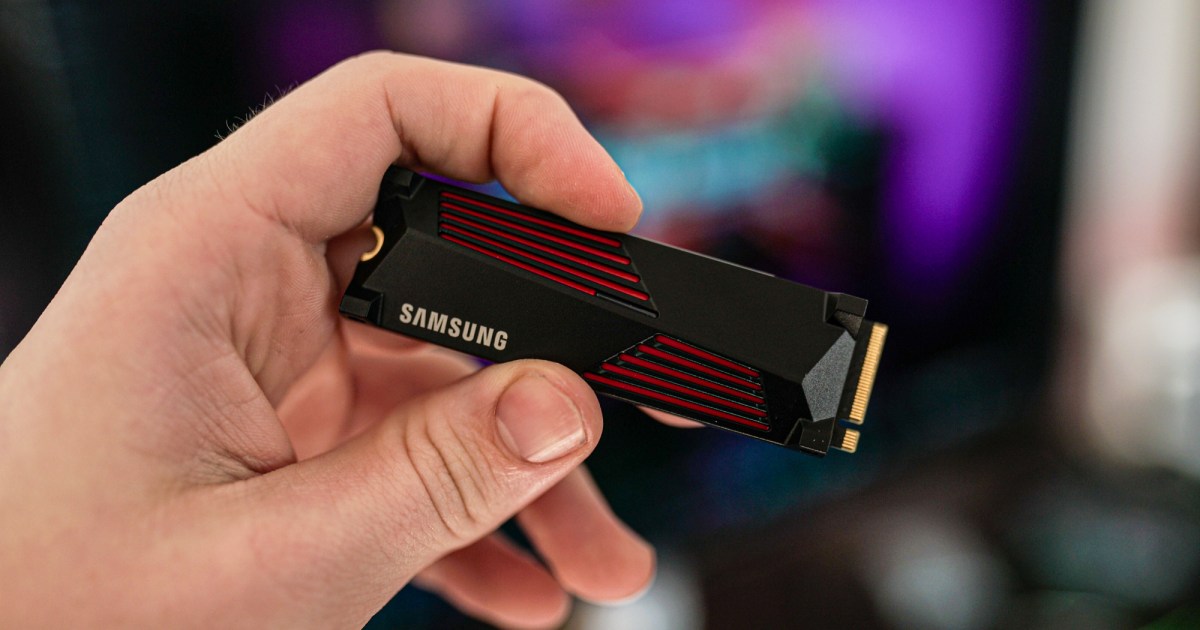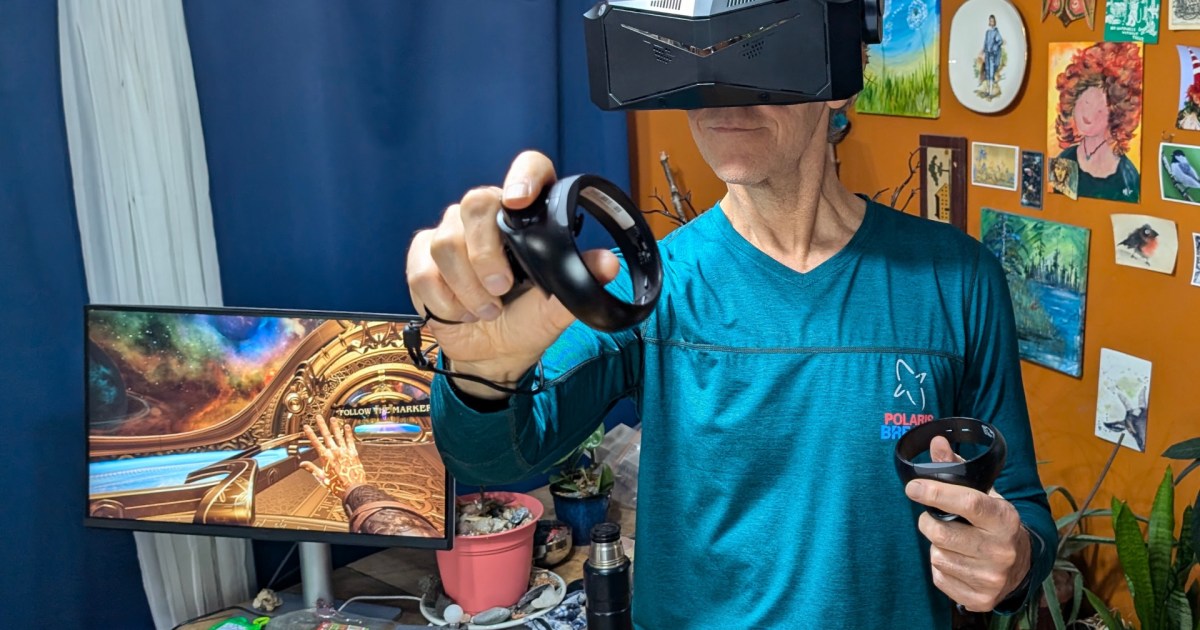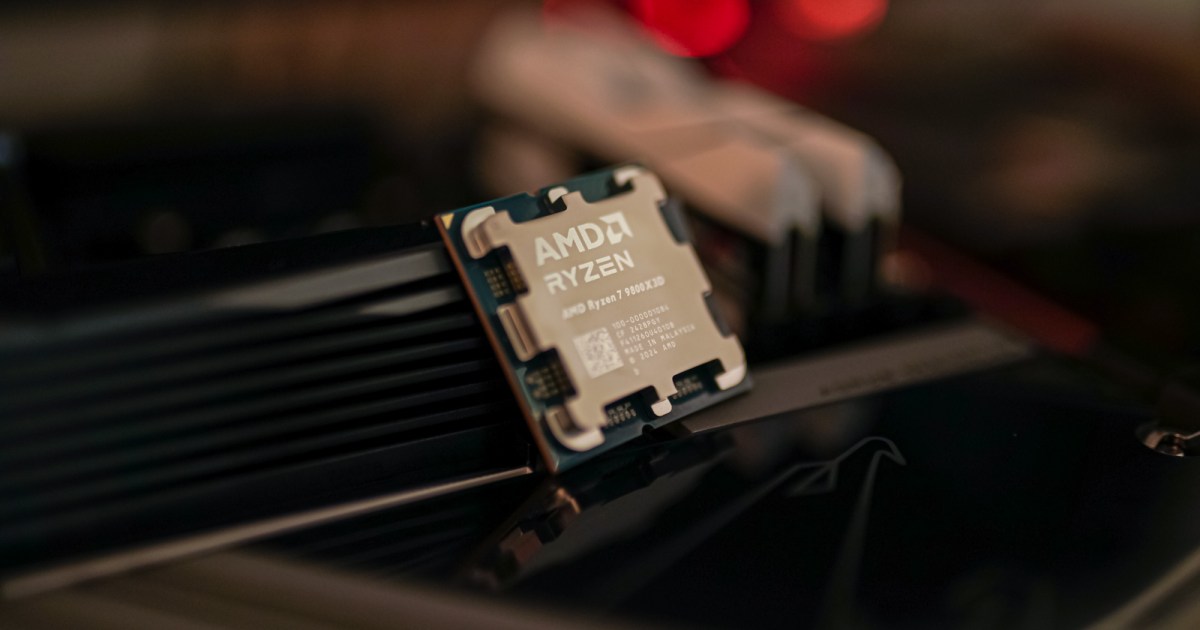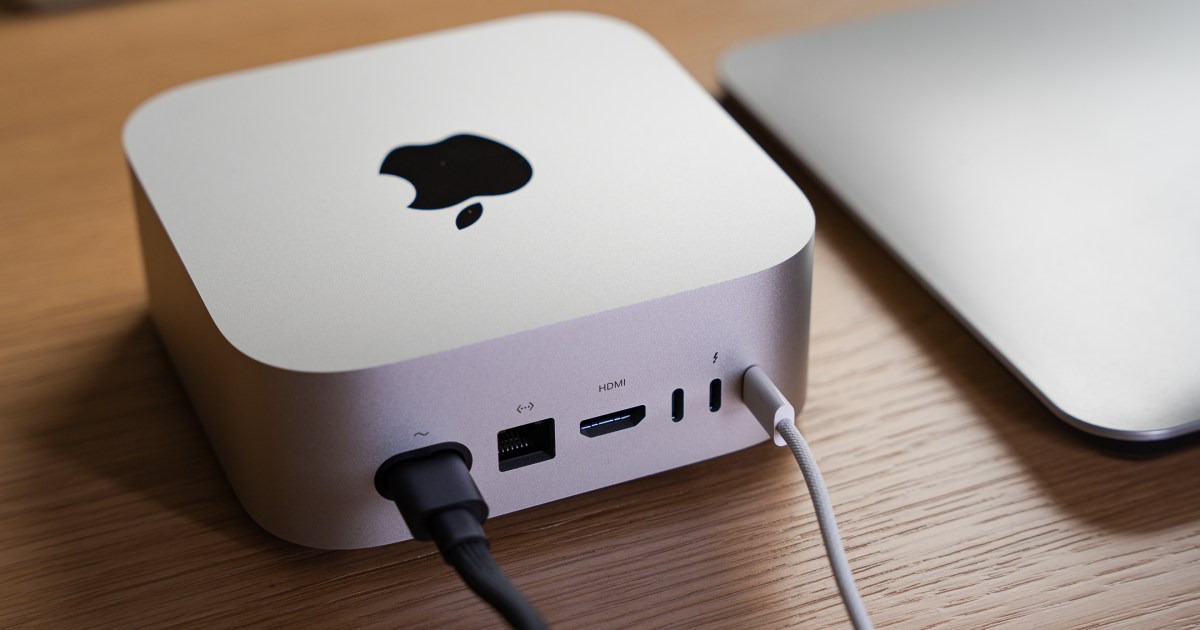This isn’t a laptop for everyone. The 15-inch MacBook Air isn’t designed for creative professionals constantly using Premiere Pro, college students lugging heavy backpacks, or even remote workers setting up dedicated home offices. It’s specifically for those who crave a larger display but don’t require the raw power of a MacBook Pro. This niche audience might be smaller, but if you fall into it, the 15-inch MacBook Air delivers.
Design and Dimensions
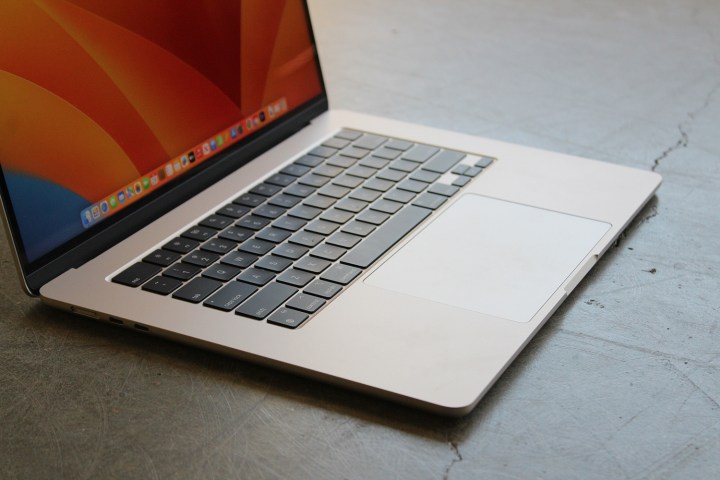 Image: Luke Larsen / MaagX
Image: Luke Larsen / MaagX
Design-wise, the 15-inch MacBook Air mirrors the 13-inch M2 model: flat panels, slim bezels, a notch, a full-size function key row, and a thin profile. It’s a modern design, especially compared to the older M1 MacBook Air.
While the design is identical, the user experience is different. The jump from 13 to 15 inches is significant, especially considering the 16:10 aspect ratio. This translates to a considerable increase in screen real estate, offering more space for web pages, spreadsheets, or creative projects. It’s noticeably larger than even the 14-inch MacBook Pro.
At just 0.46 inches thick, it’s the thinnest 15-inch laptop ever, achieving this without feeling flimsy. While slightly thicker than the 13-inch Air, this thinness is remarkable for a 15-inch machine. However, the increased width impacts portability. It’ll still fit in most bags, but it takes up more space.
Performance: M2 Efficiency
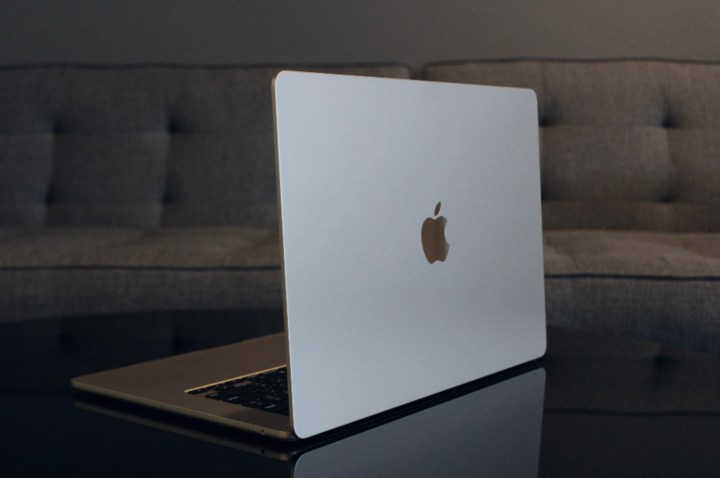 Image: Luke Larsen / MaagX
Image: Luke Larsen / MaagX
The 15-inch MacBook Air features the M2 chip with 8 CPU cores and 10 GPU cores—the same configuration found in the 13-inch MacBook Air and Pro. This is the third Apple laptop using this exact chip, with the only difference being the base 13-inch Air’s 8-core GPU. Pricing places the 15-inch Air just $100 above the similarly configured 13-inch Air and equal to the 13-inch Pro.
In benchmarks, the 15-inch Air performs as expected, aligning with other M2 MacBooks. In Geekbench 6 single-core tests, it’s among the fastest laptops available. However, graphics-intensive tasks and sustained loads reveal its limitations. Like other M2-equipped machines, it can overheat under pressure, throttling performance. There’s a noticeable performance gap between the M2 and the M2 Pro or Windows laptops with dedicated GPUs.
The top of the keyboard and area below the hinge can get uncomfortably warm during demanding tasks. However, the MacBook Air prioritizes efficiency over raw power. Under typical workloads, it remains cool and silent.
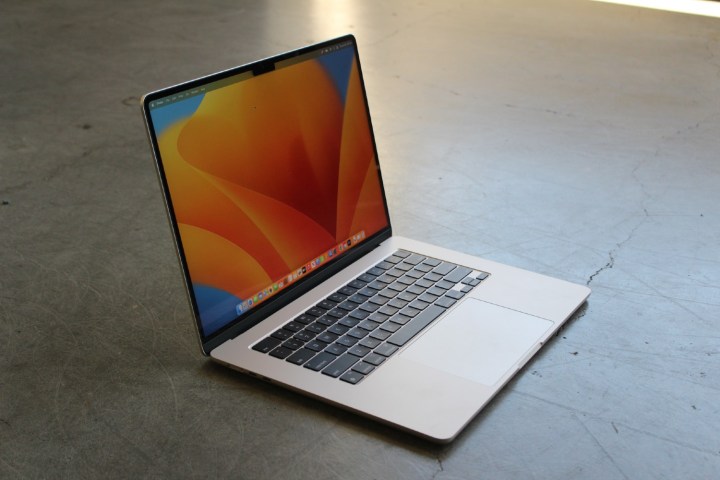 Image: Luke Larsen / MaagX
Image: Luke Larsen / MaagX
Battery life is exceptional. In a light web browsing test, it exceeded Apple’s 18-hour claim, reaching nearly 19 hours. While heavier use will reduce battery life, it should last a full workday and beyond for many users.
Display, Webcam, and Audio
The 15-inch Air’s display, while larger, shares characteristics with the 13-inch Air’s screen. It boasts a higher 2880 x 1864 resolution, maintaining the same 224 pixels per inch. As a standard LED IPS panel, it lacks the HDR capabilities of Apple’s mini-LED XDR displays.
However, in SDR, it’s bright and vibrant, reaching nearly 500 nits. Color accuracy is also impressive, making it suitable for photo editing and graphic design.
The speakers are a highlight, surpassing many Windows laptops. The sound quality is excellent, especially given the laptop’s thinness. The webcam, while adequate for video calls, doesn’t stand out as much.
Ports and Connectivity
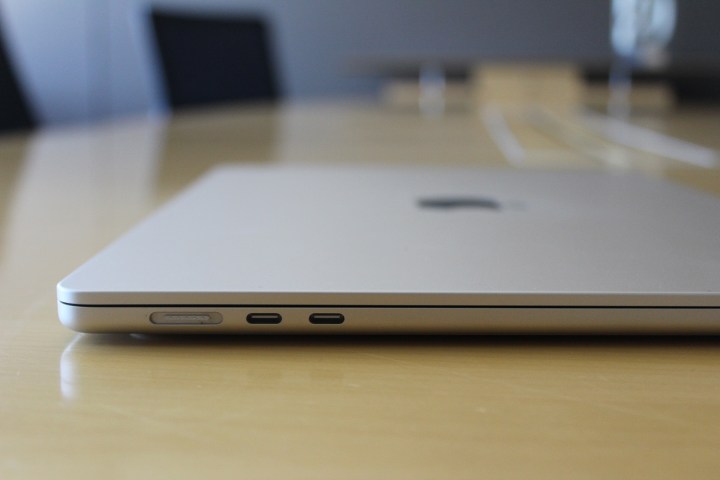 Image: Luke Larsen / MaagX
Image: Luke Larsen / MaagX
Port selection remains a key differentiator between the Air and Pro lines. The 15-inch Air lacks the SD card slot and extra USB-C ports of the Pro models. More significantly, it supports only one external display, a limitation of the MacBook Air series. While Thunderbolt docks offer workarounds, this restriction might push some users towards the more expensive MacBook Pro.
All ports, except the headphone jack, are located on one side, which can be inconvenient.
Conclusion: A Niche Device
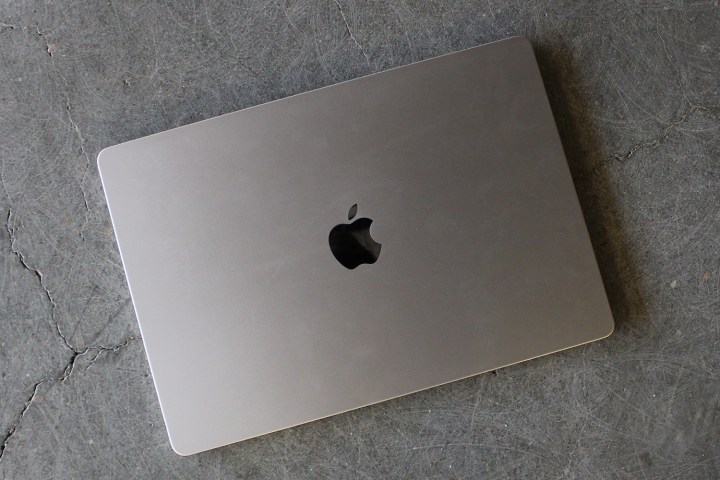 Image: Luke Larsen / MaagX
Image: Luke Larsen / MaagX
The 15-inch MacBook Air offers a larger display for those who prioritize screen real estate over portability and performance. However, its price and performance position it close to the 14-inch MacBook Pro, making the decision more complex. While not a game-changer, the 15-inch MacBook Air caters to a specific audience. If its larger screen and efficient performance align with your needs, you’ll likely be satisfied.



